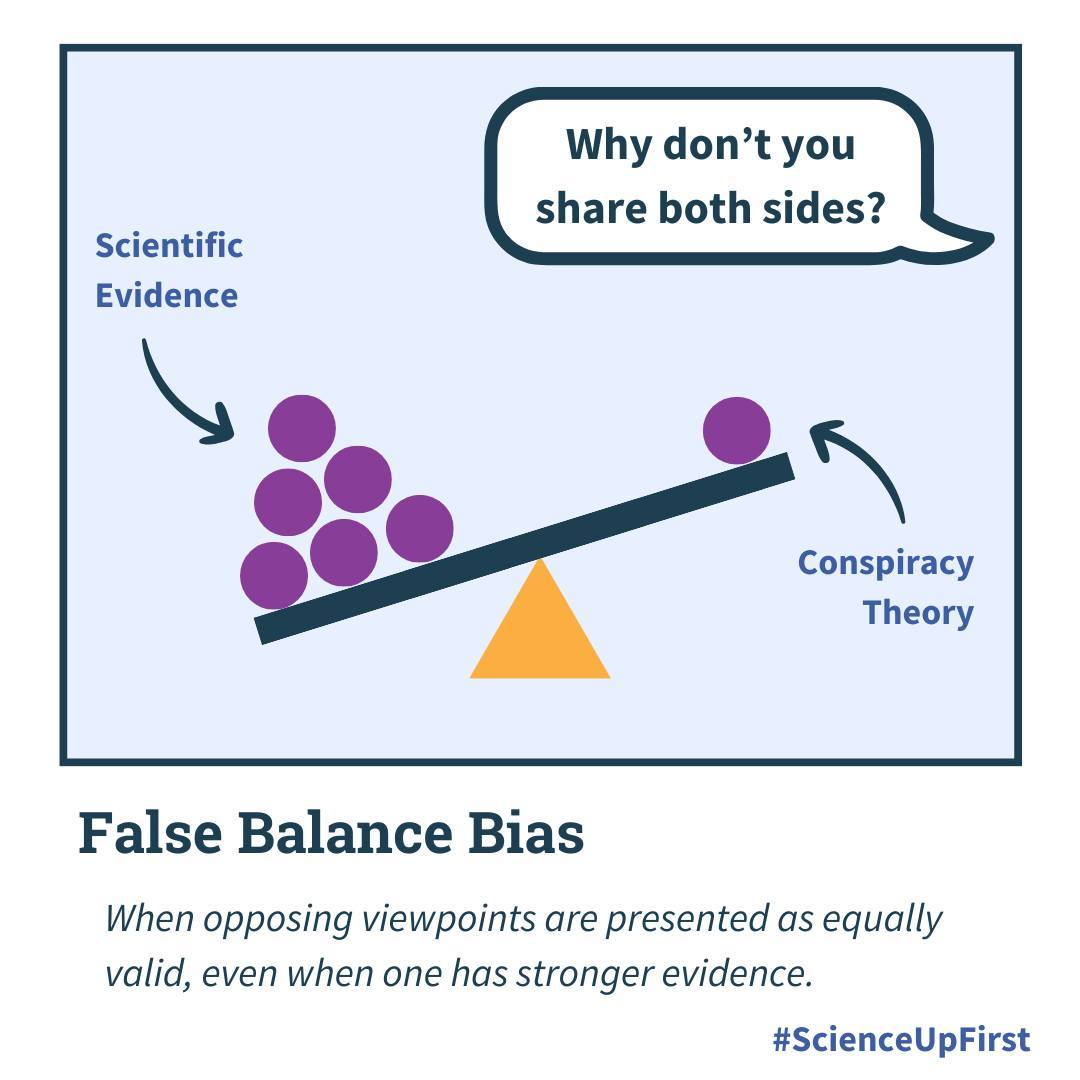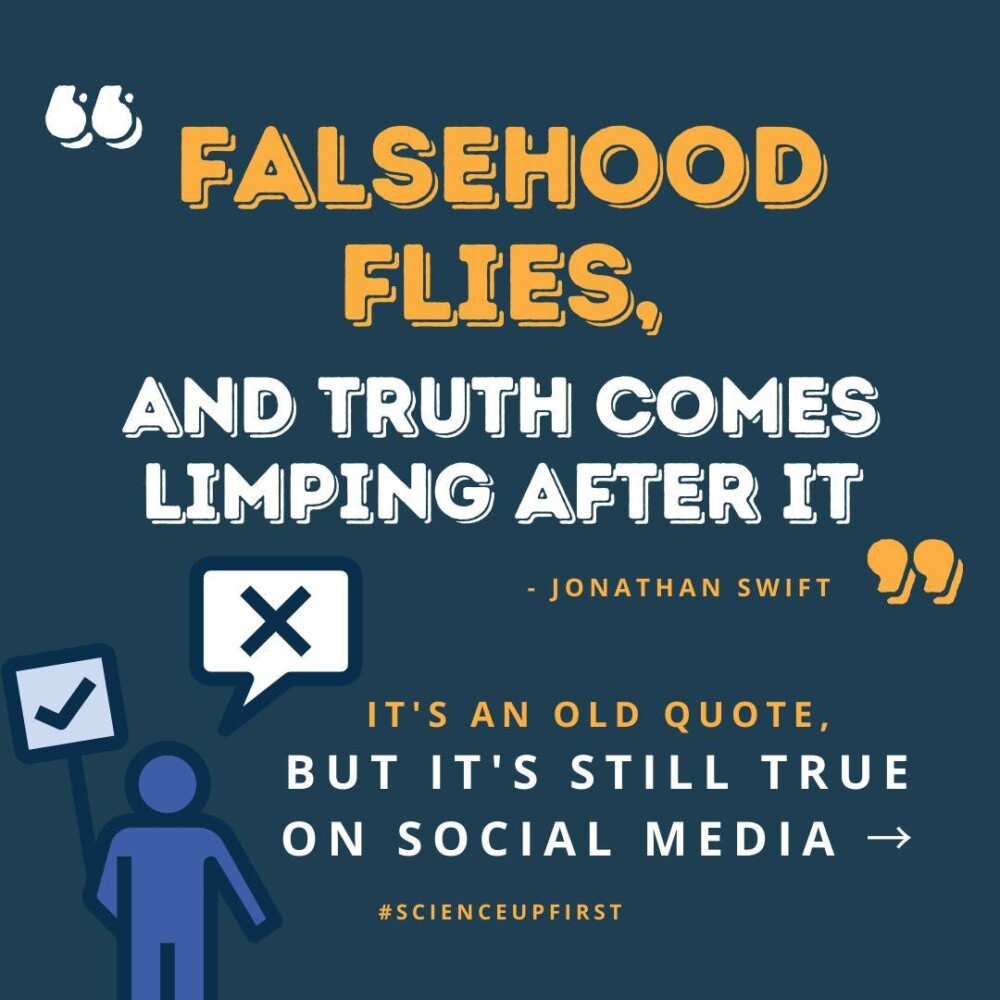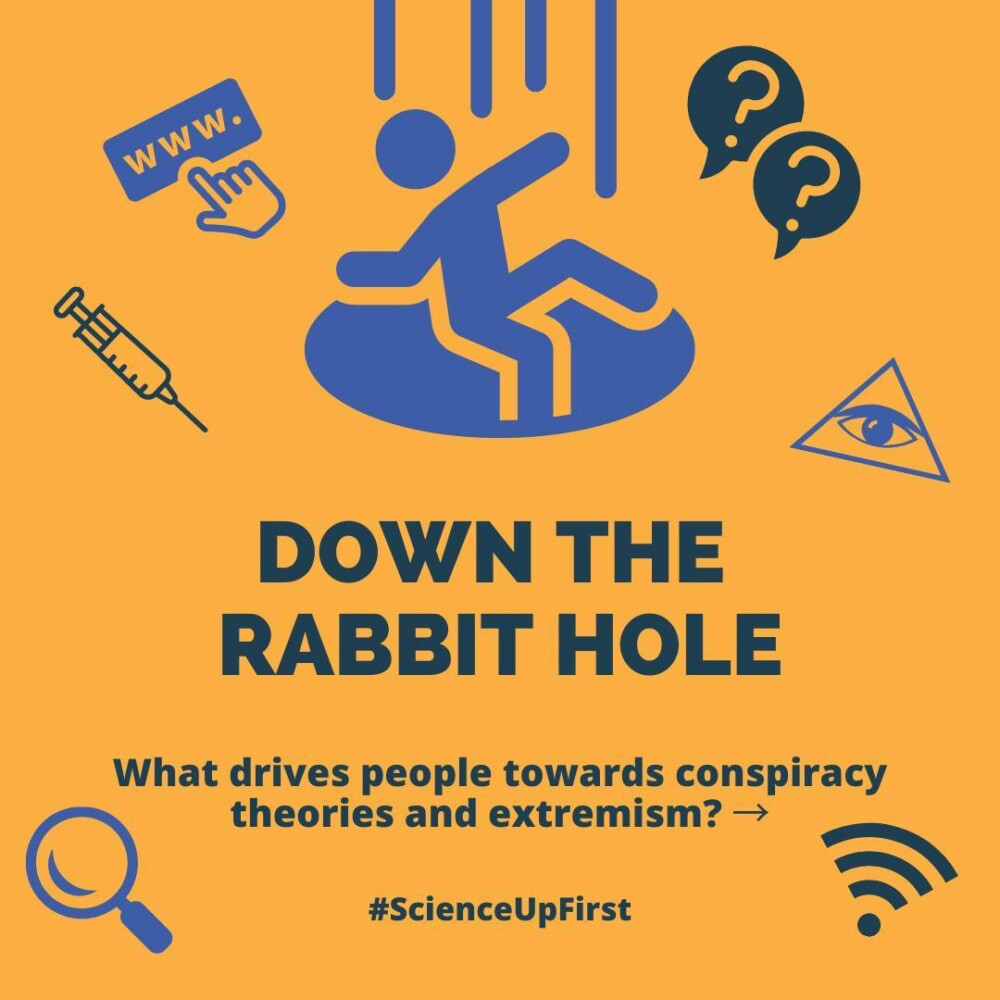
Just because two points of view are presented side by side, doesn’t mean they are equal. ⚖️
False balance, false equivalency, or bothsidesism is a bias where two opposing facts/ideas are given the same amount of interest or presented as equally valid, even when the evidence for one side is stronger (1,2,3).
This has been seen, among other places, in climate change, gender, abortion, vaccine, and masking discussions (4,5,6,7,8).
Impartiality in journalism is important for an informed society and enables people to make the best decision for themselves (9,10). But presenting two sides as being equivalent, even when the evidence says they are not, is misleading and certainly doesn’t allow for truly informed decision making (3,9,11,12).
In fact, false balancing can lead the public to (3,5,13,14):
- Doubt the scientific consensus.
- Have difficulty distinguishing truth from falsehood.
- Believe the problem is less serious than it actually is.
- Have a tendency toward the most comforting option.
(See also the doubt mongering tactic – 15)
Media is often accused of having an agenda if they give more weight to a specific angle. For example, the fact that climate change is caused by humans. But that likely has less to do with an agenda and more with the collective knowledge of a community of scientists built throughout the years – AKA the scientific consensus (16).
Thus when presenting both viewpoints there should be an emphasis on the expert consensus (5,13). This has been shown to help correct misperceptions (13,17,18).
Next time you see two points of view presented as being equally valid, ask yourself (2):
- What is the scientific consensus on the topic?
- Are the interviewed experts speaking outside their field of expertise?
- What are other sources saying?
Share our original Tweet!
False balance, false equivalency or bothsidesism is a bias where two opposing facts/ideas are given the same amount of interest or presented as equally valid, even when the evidence for one side is stronger.#ScienceUpFirst #SciLit
[1/3] pic.twitter.com/RWeclzMI1e
— ScienceUpFirst | LaScienced’Abord (@ScienceUpFirst) September 21, 2023
View our original Instagram Post!
View this post on Instagram
- False balance – Glossary
- Beware of false balance: Are the views of the scientific community accurately portrayed?
- A dangerous balancing act
- Media Creates False Balance on Climate Science, Study Shows
- False balance in news coverage of climate change makes it harder to address the crisis
- How ‘Both Sides’ Journalism Is Failing Transgender People
- New York Times abortion coverage: Why it’s been a little off.
- “The Negative Effects of False Balance in Media Coverage. Influencing the Public’s Attitude Towards COVID-19 Vaccination”
- Impartial journalism is laudable. But false balance is dangerous
- What is the purpose of journalism?
- Bothsidesing: Not All Sides Are Equal
- Covering scientific consensus: What to avoid and how to get it right
- When fairness is flawed: Effects of false balance reporting and weight-of-evidence statements on beliefs and perceptions of climate change.
- Is bothsidesism killing us? (And why scientific consensus matters)
- Misinformer Tactic: Doubt Mongering | FR : Tactique de désinformation : Semer le doute
- Naomi Oreskes: Why Should We Believe In Science?
- COVID-19 vaccine skeptics are persuaded by pro-vaccine expert consensus messaging
- Boosting Understanding and Identification of Scientific Consensus Can Help to Correct False Beliefs




